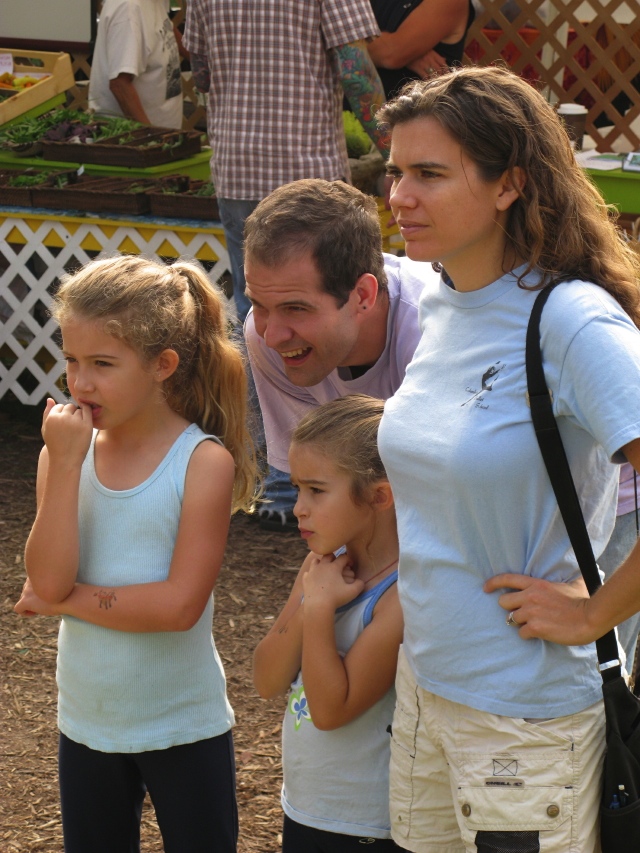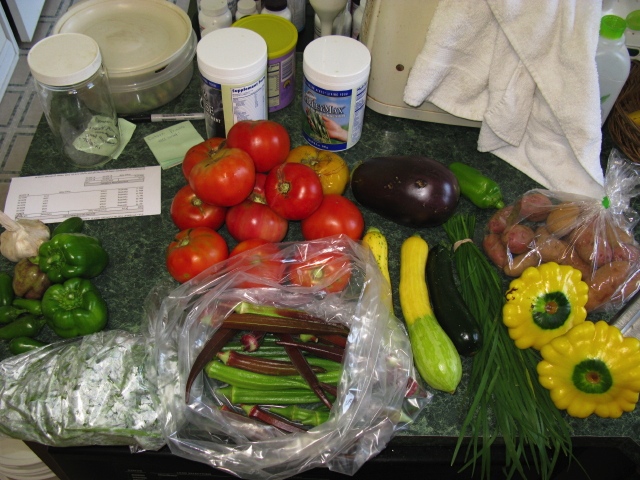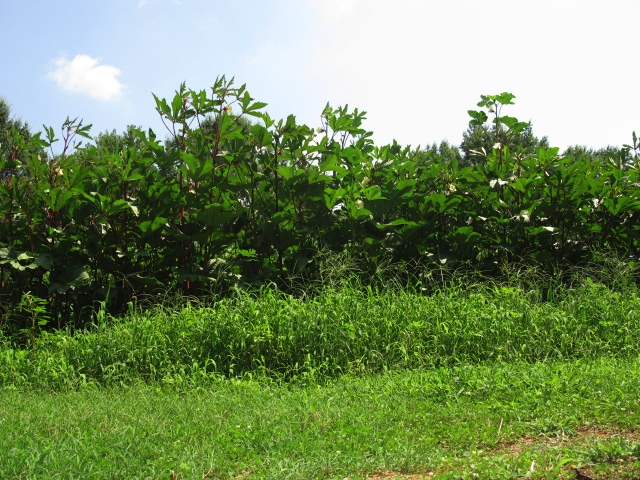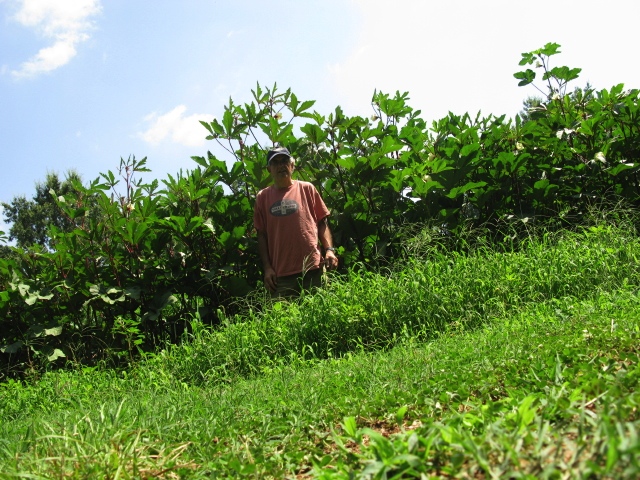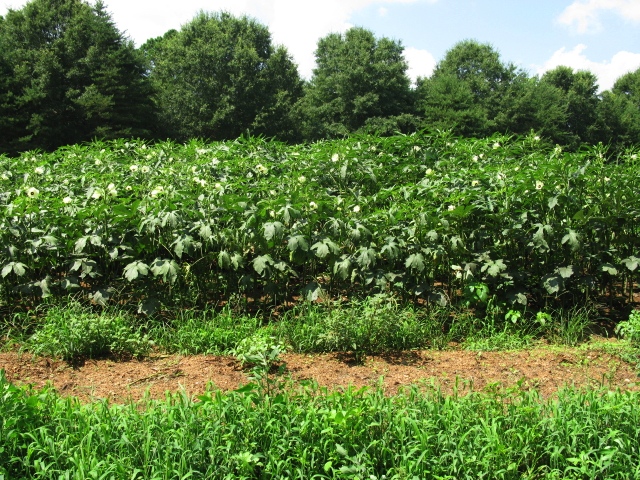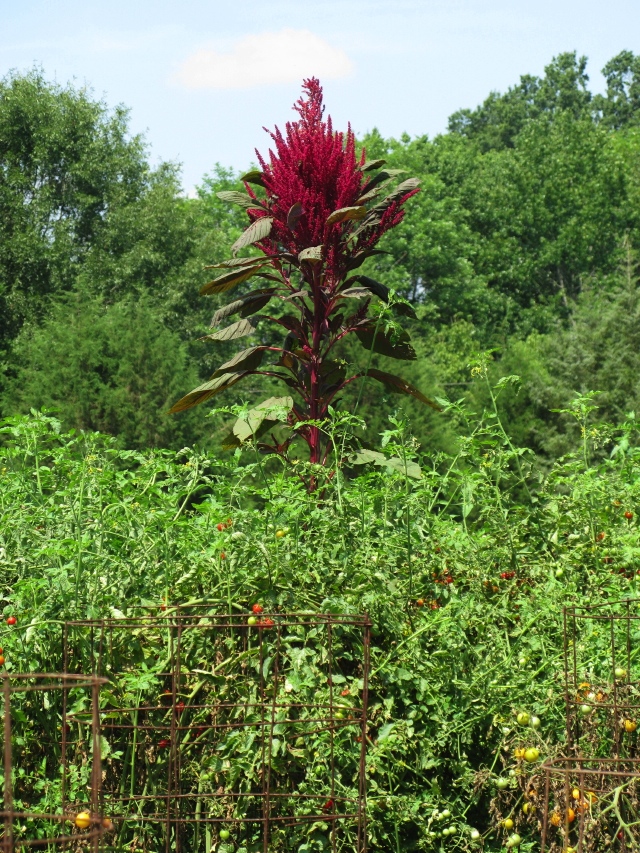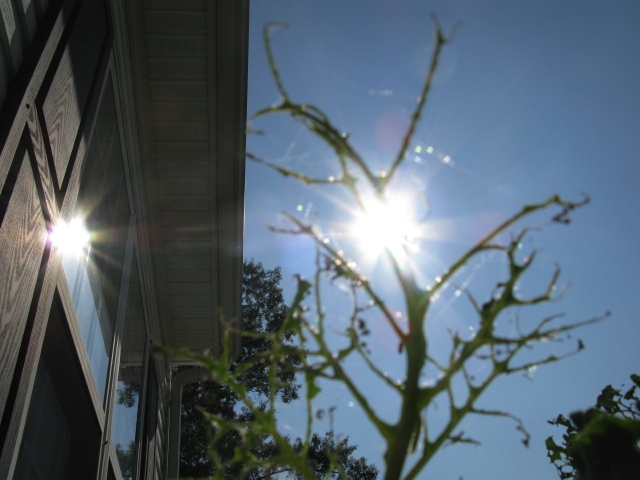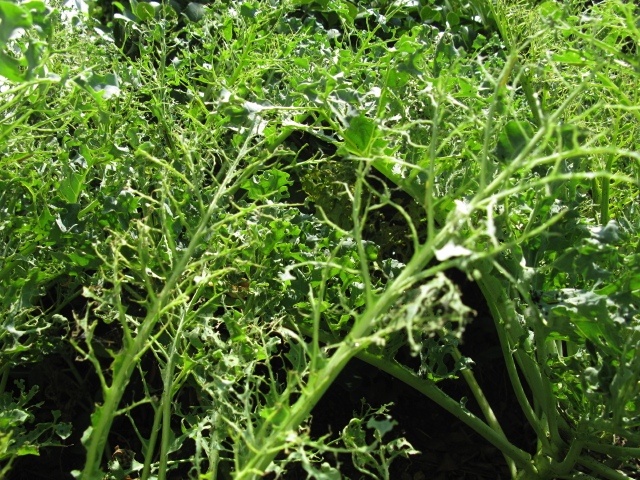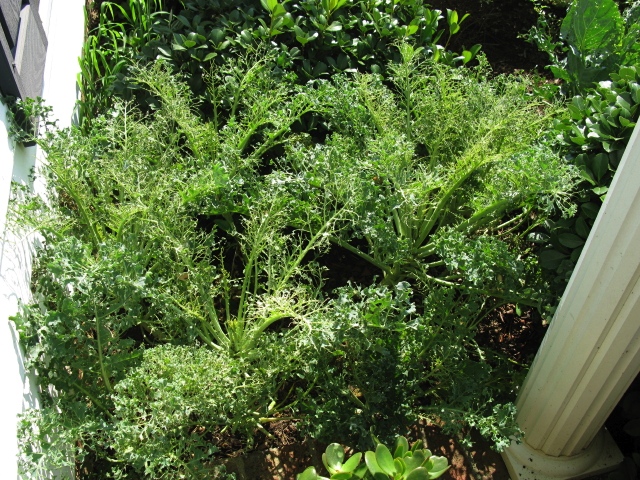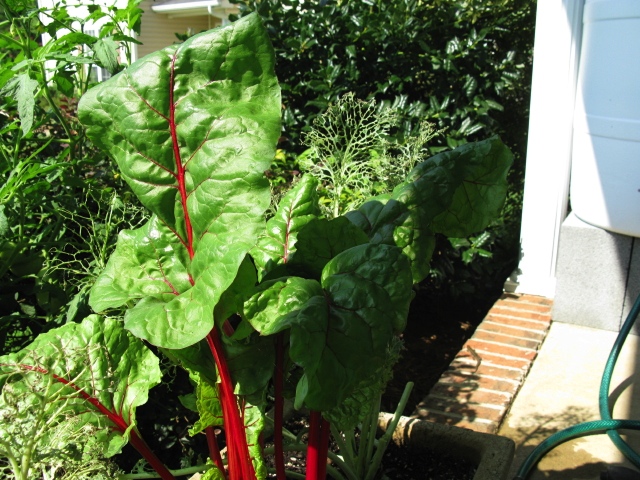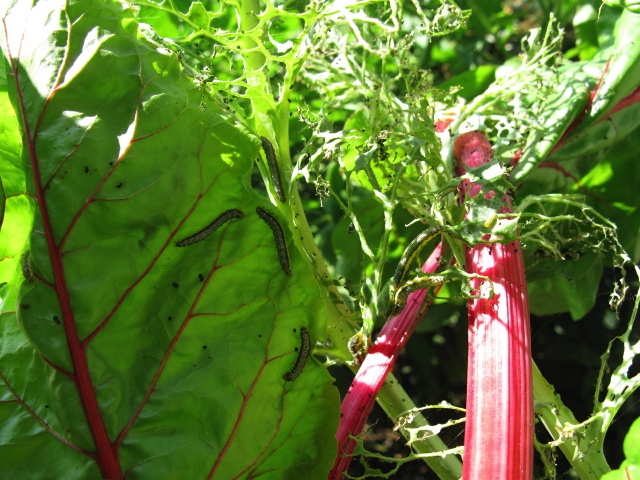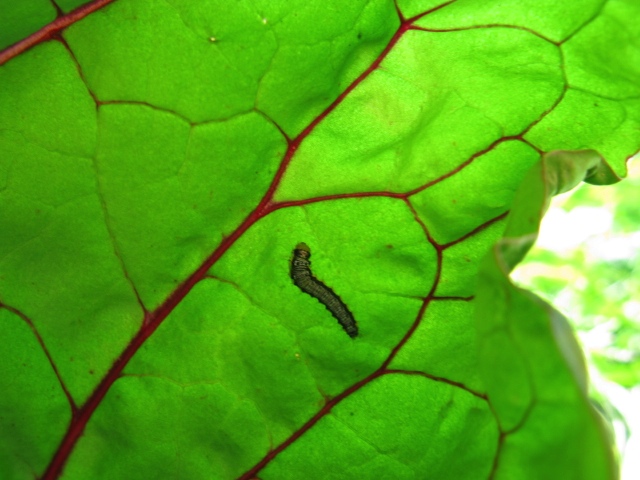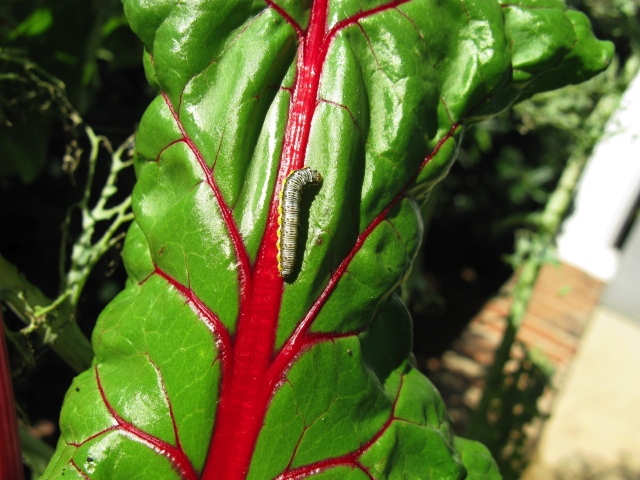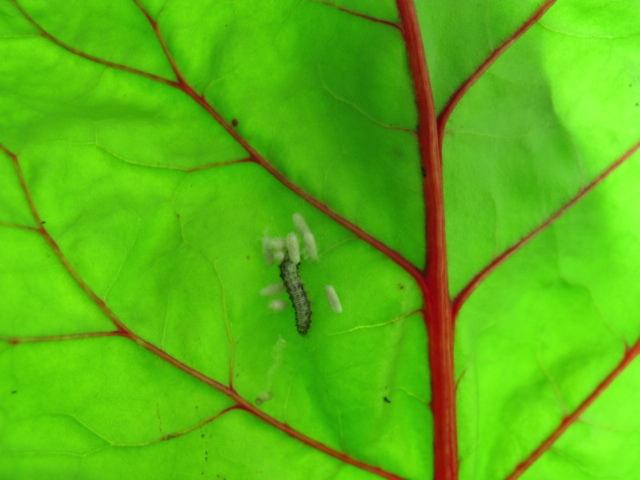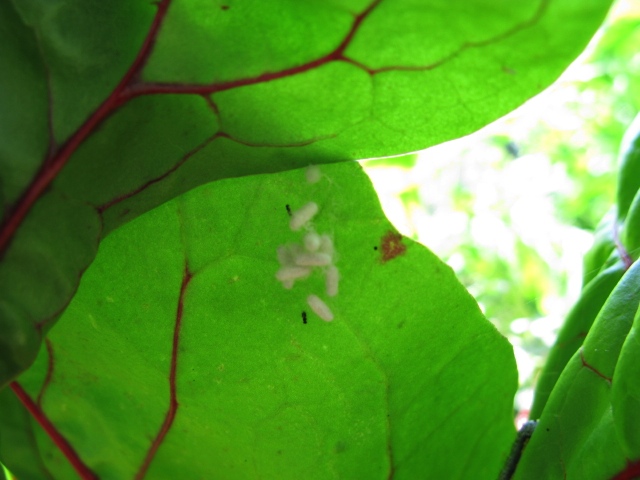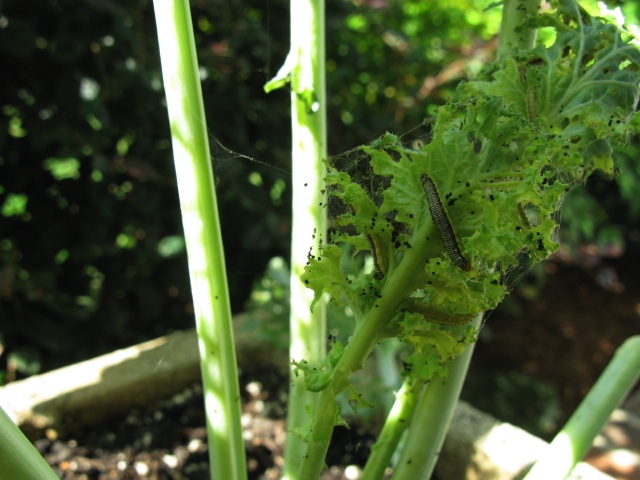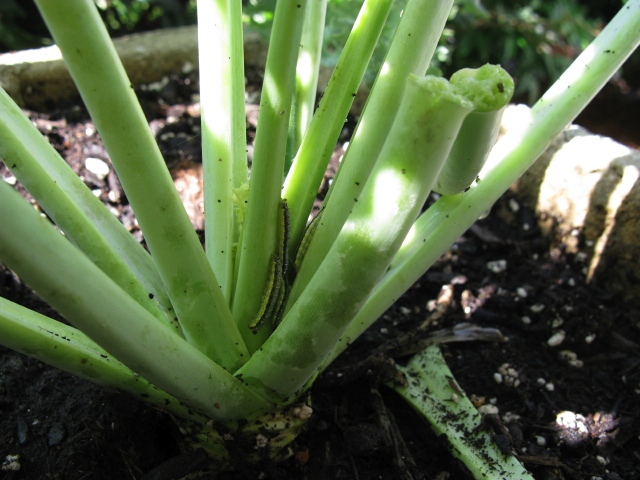On August 6, 2009, the USDA announced a recall of approximately 825,769 pounds of ground beef products that may be linked to an outbreak of salmonellosis. Yes, that's a small amount, relatively speaking, but it should give meat-eaters pause yet again concerning their own health and safety.
Connect that fact to this report in the current issue (August 2009, pp. 5, 73) of Acres USA magazine. It concerns the testimony of (farmer, poet, writer, elder-statesman, Christian) Wendell Berry before a government panel on the proposed National Animal Identification System (NAIS) in which all farmers, big and small, would be forced to register every single animal they own with the government by means of an imbedded chip in order to track that animal's movement as a way to monitor outbreaks of disease. As one might imagine, Mr. Berry isn't having any of the government's plan. In his words (below), watch for the connection between the problem government has allowed (factory farming of animals in CAFOs [Confined Animal Feeding Operations] where disease outbreak is widespread), the government's solution (registering animals to track disease instead of doing what would prevent disease), and Berry's counter-solution (putting the animals back on pasture where they belong and where diseases are controlled by nature):
The Acres USA article:
Leave it to family-scale farming's own Wendell Berry, the award-winning author and essayist, to wrap up the National Animal Identification System (NAIS) in a mere 250 words. During testimony in one of the USDA "listening sessions," in which officials didn't hear what they wanted, Berry clearly stated that he will go to jail before his livestock will be tagged, registered, and monitored by the government.
He also noted that this was the first agricultural meeting he has attended which had the police present. But he called their presence premature.
[Said Berry] "If you impose this [NAIS] program on the small farmers, who are already overburdened, you're going to have to send the police for me. I'm 75 years old. I've about completed my responsibilities to my family. I'll lose very little in going to jail in opposition to your program—and I'll have to do it. Because I will be, in every way that I can conceive of, a non-cooperator."
The need to trace animals was made by the confined animal industry—which is, essentially, a series of disease-breeding operations, [Berry] said.
Berry continued: "The health issue was invented right there. The remedy is to put animals back on pasture, where they belong. The USDA is scapegoating the small producers to distract attention from the real cause of the trouble. Presumably these animal factories are, in a too familiar phrase, 'too big to fail.'"
In the end, these animal factories are failing. Failing in the marketplace of good ideas, failing environmentally, and failing to provide nutrition to nurture the minds of our citizens.
In 1644 the nonconformist English Presbyterian theologian Samuel Rutherford published a book titled Lex, Rex ("the law and the king" or "the law is king"). The thesis of the book was that the laws of man apply only insofar as they conform to the laws of God. Since God has appointed civil rulers (Romans 13), those rulers are obliged to institute laws that are consistent with God's. When man's laws become inconsistent with God's, man is not only free to disobey but has an obligation to do so.
Modern Christian theologian (the late) Francis Schaeffer used Rutherford's thesis as the basis for his 1981 book A Christian Manifesto, a book that fueled the short-lived efforts of some Christians to civilly disobey America's abortion rights laws and be arrested and go to jail for protesting at abortion clinics.
In the case of abortion, it can be said that man's laws violate one of God's written laws (the prohibition against killing another human being in the Ten Commandments). But what about God's natural laws -- such as taking animals out of their natural environments and lifestyles and confining them in disease-rich environments where the animals not only suffer but where diseases produced therein ultimately cause human suffering as well?
I thought of this question when reading Wendell Berry's public statement to the government that he would go to jail before he would allow the government onto his property to do something totally unnatural: implant a computer chip in his animals for purposes of counting and controlling them.
I go a step beyond Berry in believing that it is unnatural for man to eat animals (Genesis 1:29). But for those who insist on eating meat of any kind, if you are unfamiliar with acronyms like CAFO and NAIS then you deserve whatever illness or calamity befalls you. If that sounds harsh, it's only because I, like Wendell Berry, have little to lose at my stage of life from speaking and acting truthfully. To make the blind assumption, when it comes to a foundational area like food, that it is the government's job to protect your health . . . it is a naive assumption. It is the government that has either created or allowed CAFOs and the NAIS (and others), systems which nurture and allow the spread of the diseases that harm animals and people. When government agencies are routinely staffed by individuals with histories in and ties to the profit side of American agriculture, it doesn't take a rocket scientist to see how priorities get skewed.
Again, if you insist on the unnatural activity of eating meat of any kind, you should buy it from the person who raised it and slaughtered it him/herself; who can prove to you why it is safe. To consume meat from the factory-farm system (your local grocery store or discount warehouse or restaurant -- remember, that's where the 800,000 pounds of polluted beef mentioned earlier was headed) is to perpetuate a system that is unnatural, unhealthy, and worthy to be opposed.
Three cheers for Wendell Berry.

